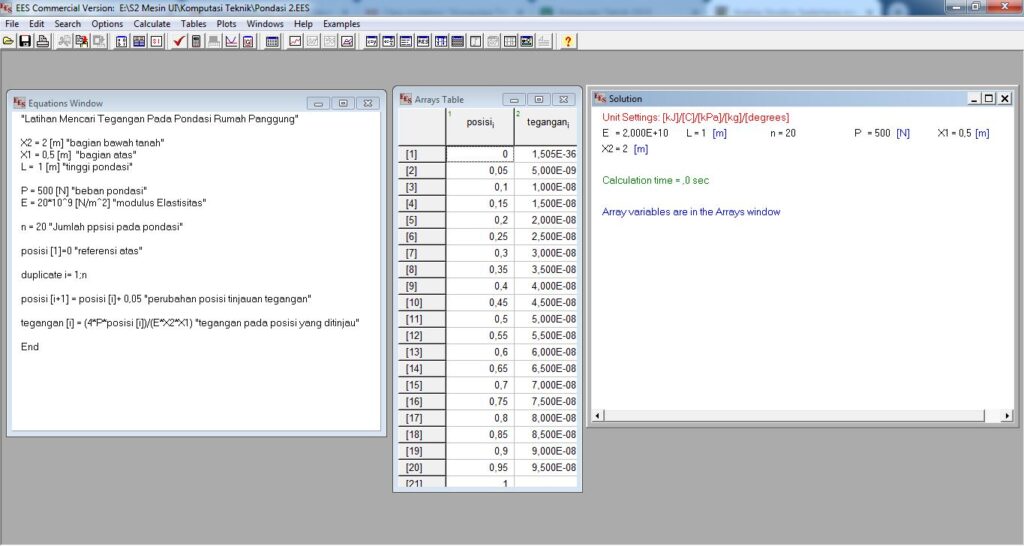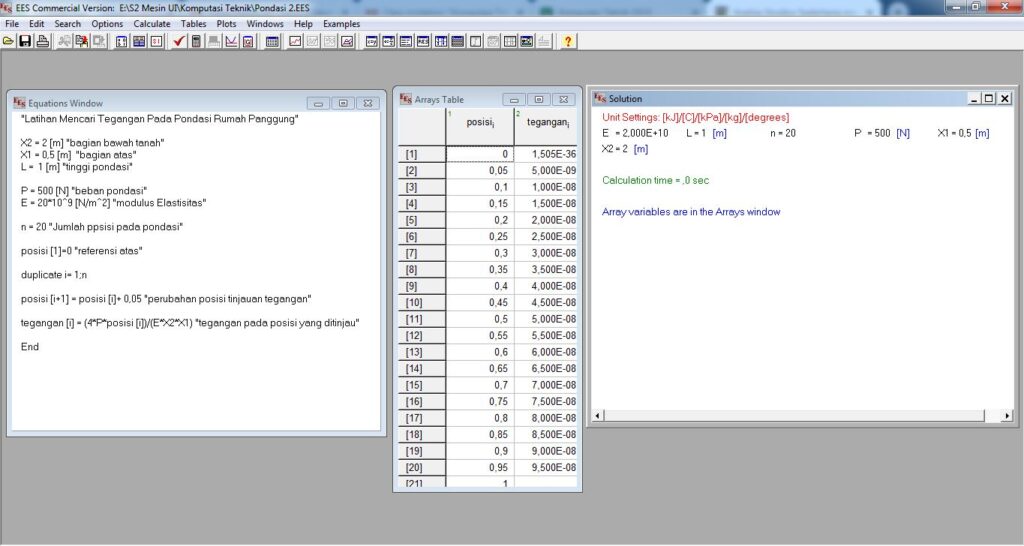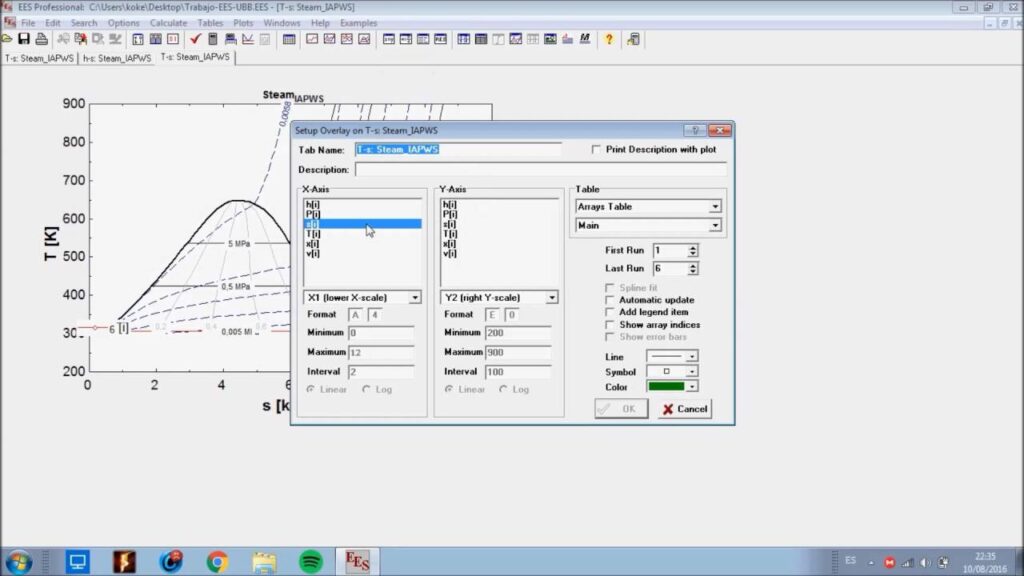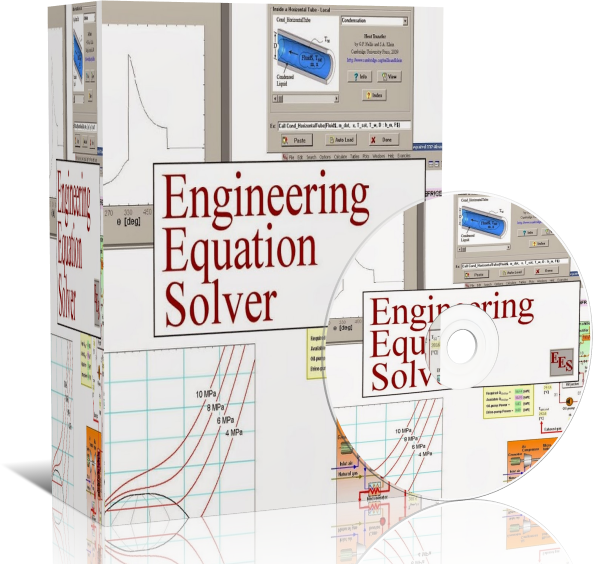Ees software free download 64 bit crack
EES (Engineering Equation Solver) is a powerful and versatile software application that allows engineers, scientists, and researchers to solve a wide range of thermodynamic and other technical problems.
This comprehensive software package is known for its user-friendly interface, robust equation-solving capabilities, and extensive database of thermophysical properties. Whether you’re working in the fields of HVAC, refrigeration, power generation, or any other engineering discipline, EES can be a valuable tool in your arsenal.
The EES software is available in both 32-bit and 64-bit versions, with the 64-bit version offering improved performance and the ability to handle larger problems and datasets. The free download of the 64-bit version, including a crack or activation key, is a popular option for those who want to take advantage of the software’s advanced features without the cost of a commercial license.

Key Features and Capabilities:
- Powerful Equation-Solving Capabilities: EES can solve systems of linear and nonlinear algebraic and differential equations, making it a versatile tool for a wide range of engineering and scientific applications.
- Extensive Thermophysical Property Database: The software includes an extensive database of thermophysical properties for hundreds of substances, including refrigerants, fuels, gases, and more.
- Intuitive User Interface: The EES interface is designed to be user-friendly, with a streamlined layout and intuitive tools that make it easy to set up and solve complex problems.
- Optimization and Parametric Analysis: The software includes powerful optimization and parametric analysis capabilities, allowing users to explore the effects of changes in input variables on system performance.
- Programming and Scripting: EES includes a built-in programming language that allows users to create custom functions, macros, and scripts to automate repetitive tasks and streamline their workflows.
Technical Specifications:
- Version: 11.021
- Interface Language: English
- Audio Language: N/A
- Uploader/Repacker Group: N/A
- File Name: EES_64bit_11.021.exe
- Download Size: 86.7 MB
System Requirements:
- Operating System: Windows 10, 8.1, 8, 7 (64-bit)
- Processor: Intel Core i3 or equivalent
- Memory: 4 GB RAM
- Graphics: Intel HD Graphics or equivalent
- Disk Space: 500 MB of available space

Adjusting Graphics Settings:
- Open the EES software.
- Click on the “Options” menu and select “Preferences”.
- In the “Preferences” window, navigate to the “Display” tab.
- Adjust the various graphics settings, such as font size, window size, and resolution, to suit your preferences and system specifications.
Troubleshooting Common Issues:
- Software Crashes or Freezes: If the EES software is crashing or freezing, try closing and restarting the application. If the issue persists, check for any software updates or try reinstalling the application.
- Slow Performance: If the software is running slowly, try adjusting the graphics settings (as mentioned above) or closing any other resource-intensive applications running on your system.
- Activation or Licensing Issues: If you’re experiencing issues with activating the software or applying the crack, double-check that you’re using a valid and compatible version of the crack or activation key.
How to Download and Install:
- Visit the official EES website or one of the trusted sources mentioned earlier to download the 64-bit version of the software.
- Run the downloaded installer and follow the on-screen instructions to complete the installation process.
- If you have a crack or activation key, apply it during the installation or launch the software and enter the key when prompted.

How to Use EES Software:
- Launch the EES software.
- Familiarize yourself with the user interface and explore the various menus and tools available.
- Start by creating a new project or opening an existing one.
- Define your problem by inputting the relevant equations, variables, and thermophysical properties.
- Use the software’s equation-solving, optimization, and parametric analysis capabilities to find the solutions to your engineering or scientific problems.
- Explore the software’s advanced features, such as programming and scripting, to automate and streamline your workflows.
For more information, you can visit the following websites:
Each site offers unique resources and insights, so feel free to explore them to find the information you need.

Leave a Reply